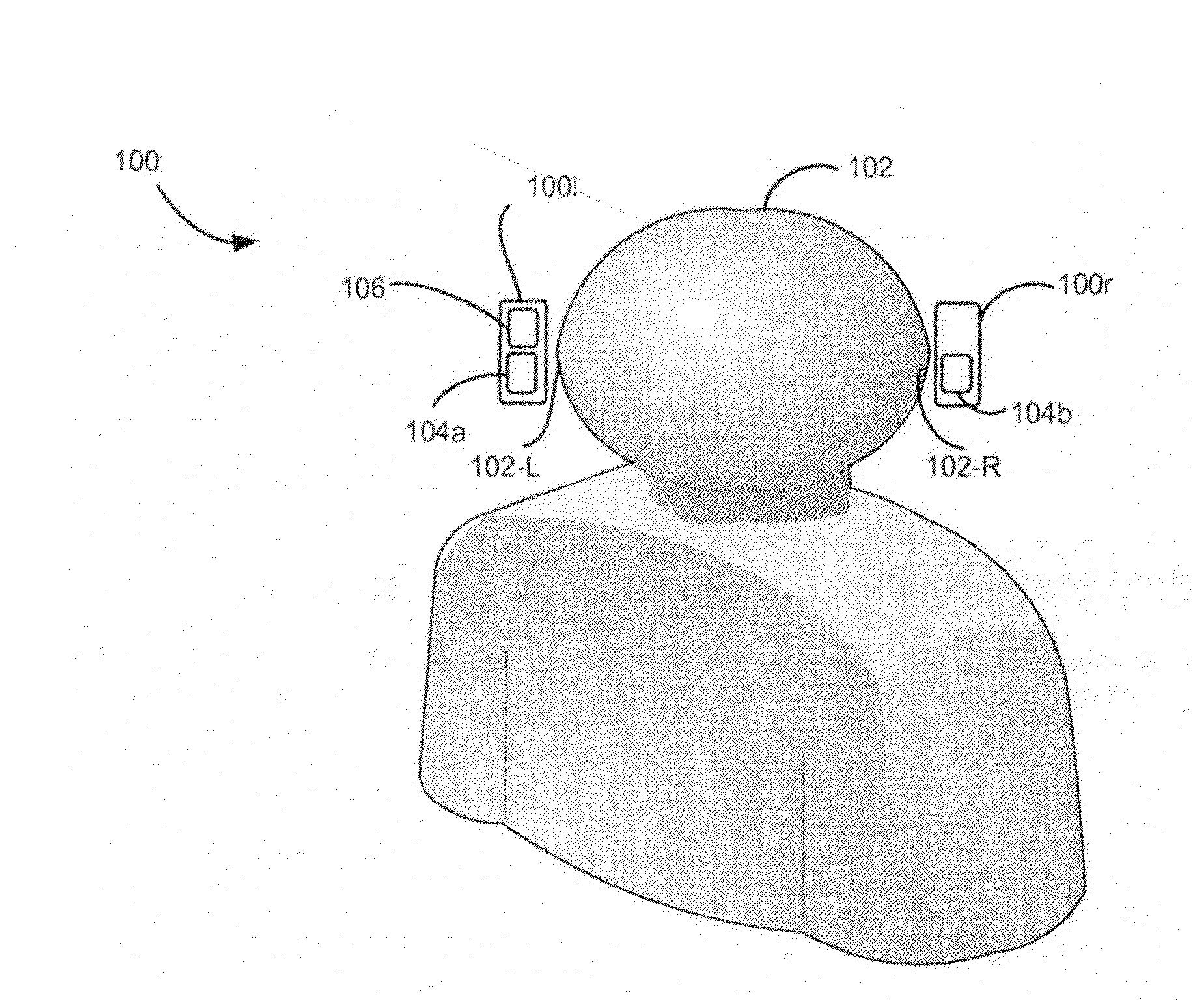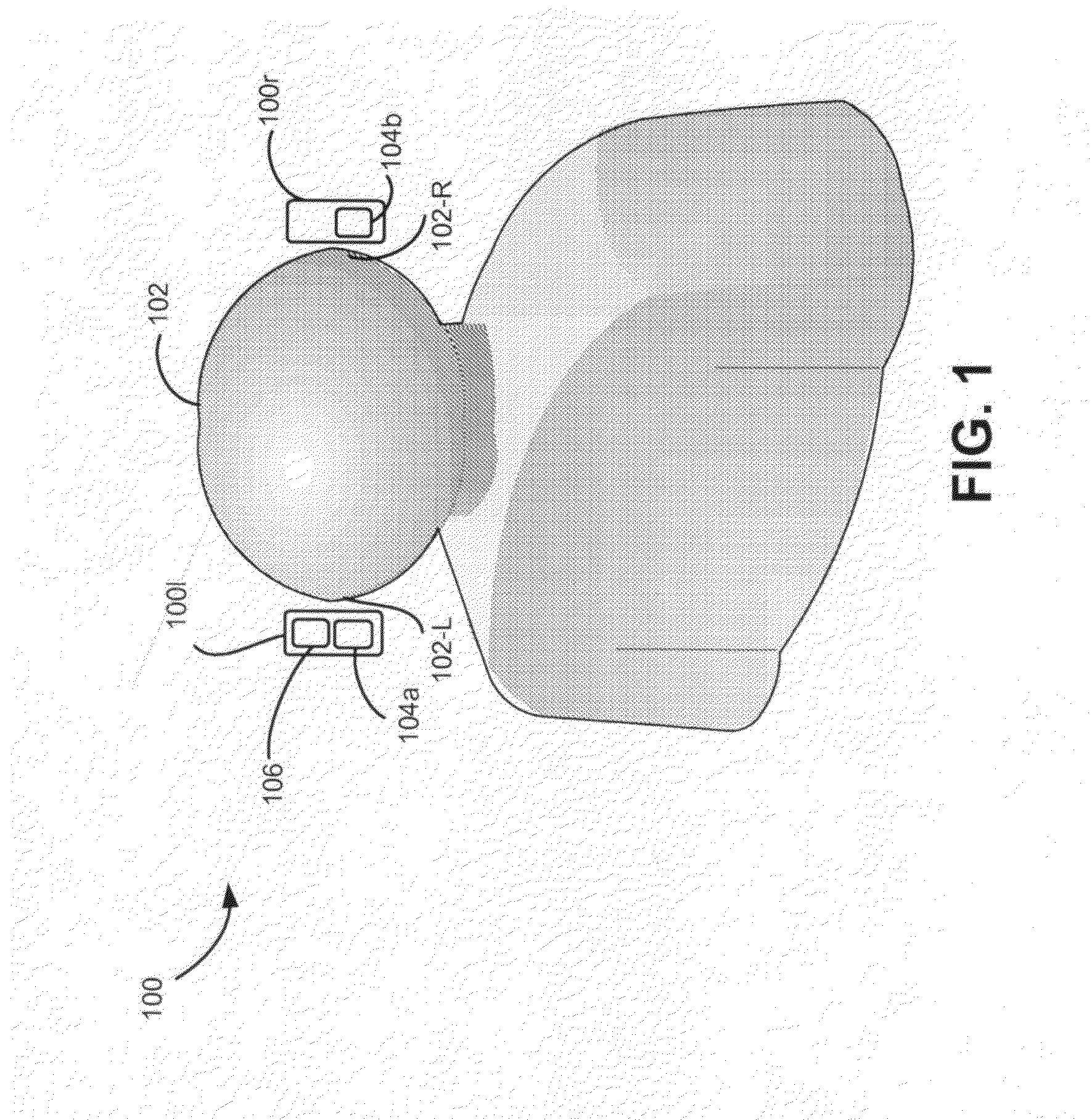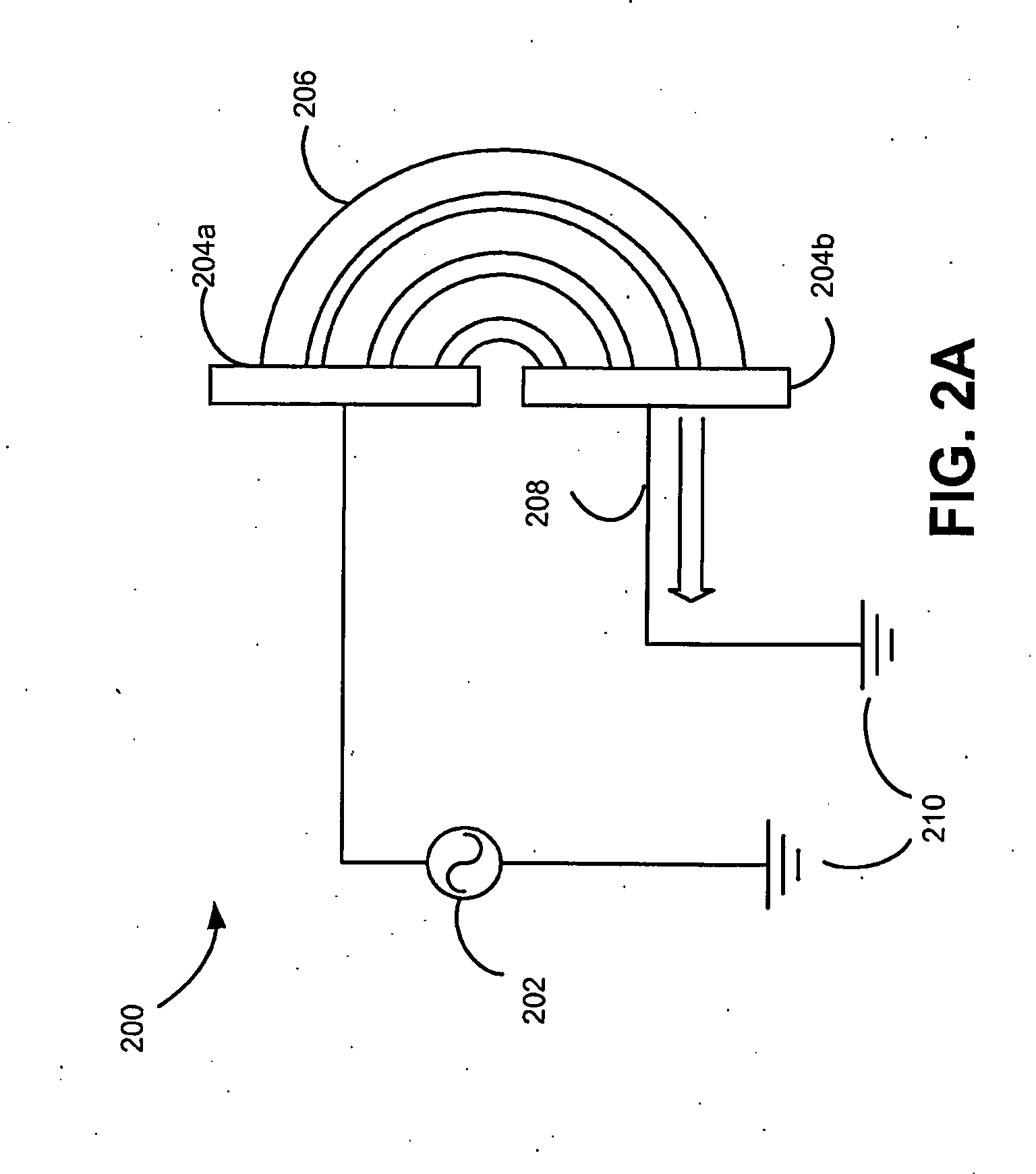Controlling power for a headset
- Summary
- Abstract
- Description
- Claims
- Application Information
AI Technical Summary
Benefits of technology
Problems solved by technology
Method used
Image
Examples
Embodiment Construction
[0031]The following detailed description refers to the accompanying drawings. The same reference numbers in different drawings may identify the same or similar elements. Also, the following detailed description is exemplary and explanatory only and is not restrictive of the invention, as claimed. Embodiments described herein relate to devices, methods, and systems for controlling power for a headset. For example, a predetermined proximity of a headset may be monitored for a detectable object. The presence of the headset detectable object within the predetermine proximity may be determined based on characteristic properties of the detectable object. Power consumption for the headset and associated devices and systems may be controlled based on the detected proximity of the detectable object.
[0032]Consistent with embodiments described herein, a headset proximity detector may be implemented using a long-wave infrared (IR) proximity detector. Alternatively, consistent with embodiments d...
PUM
 Login to View More
Login to View More Abstract
Description
Claims
Application Information
 Login to View More
Login to View More - R&D
- Intellectual Property
- Life Sciences
- Materials
- Tech Scout
- Unparalleled Data Quality
- Higher Quality Content
- 60% Fewer Hallucinations
Browse by: Latest US Patents, China's latest patents, Technical Efficacy Thesaurus, Application Domain, Technology Topic, Popular Technical Reports.
© 2025 PatSnap. All rights reserved.Legal|Privacy policy|Modern Slavery Act Transparency Statement|Sitemap|About US| Contact US: help@patsnap.com



